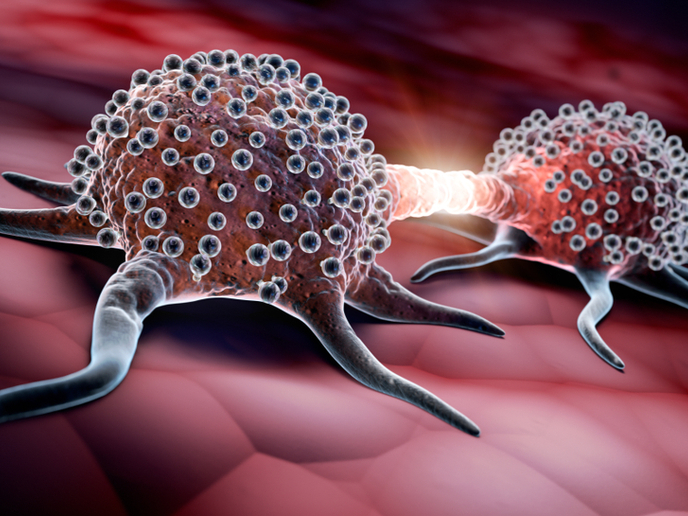Microwave energy targets localised lung tumours
Lung cancer(opens in new window) is responsible for the highest number of cancer deaths worldwide, with over 2 million patients diagnosed with the condition every year. While surgery often offers the best hope of recovery, not all patients can undergo the procedure. “Surgery is very invasive,” explains TABLA project coordinator Giuseppe Ruvio from endowave.ie (Endowave) in Ireland. “If the patient has an additional lung condition such as COPD or emphysema, this can make surgery unfeasible. The benefit-risk balance is just not right for them.”
Targeted energy for localised cancer treatment
The good news is that a new diagnostic innovation is helping doctors to catch cancer earlier. This technique involves navigating an incredibly thin catheter through the patient’s airways and into the lung’s bronchial tubes, in order to identify the smallest tumours. “Our idea was to see if we could use this pathway to deliver treatment,” says Ruvio. “This would be a minimally invasive technique, and would simply piggyback onto a treatment workflow that is already there.” With this treatment pathway in mind, Irish start-up Endowave developed a device that applies microwave energy to destroy cancerous tissue. The miniaturised device, delivered through the patient’s mouth and deep into the lung, is then inserted inside the identified tumour. Here, it delivers a precise, targeted dose of energy into the tumour for localised treatment. This avoids the need for surgery, or for removing large sections of the lung. “This process, called microwave ablation, has been used for a number of years to treat other cancers,” says Ruvio. “The procedure to deliver it in such a minimally invasive way into the lung however is new.”
Introducing innovation into clinical settings
The EU-funded TABLA project played a critical role in bringing this innovation closer to market. The project helped the company to fine-tune its technology, identify ways of scaling up production capacity and strengthen its IP claims. All these steps are essential to eventually bringing the device into clinical settings. “Project partners helped us to get to the stage we are now at,” notes Ruvio. “We worked with leaders in the manufacture of microwave components and devices, and catheter technology.” The project also helped the company to create test beds, enabling the team to simulate the entire treatment procedure. “We were able to reinforce our infrastructure here locally,” remarks Ruvio. “When we started, there were only the three of us – and now we have a staff of 20.”
Validating safety of treatment procedure
Next steps include a first-in-human(opens in new window) clinical trial, which is forecast for 2024. This will be a preliminary trial that will help to validate the safety of the procedure. After this, the company will launch regulatory studies in both the EU and United States, in order to ensure that their product can be fully commercialised. “We think that the impact of this technology will be huge,” adds Ruvio. “Many patients currently have very limited treatment options – a large number simply cannot undergo surgery.” By dovetailing closely with new minimally invasive diagnostic techniques, this new treatment could revolutionise how lung cancer is treated, and ultimately lead to higher recovery rates.







